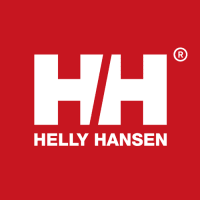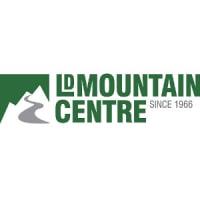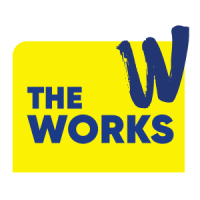ARway says it now offers AI-powered floor plan alignment
ARway Corporation (CSE:ARWY, OTC:ARWYF), which automates the creation of 3D spatial maps from 2D floor plans creating a digital twin which can be populated with an array of AR experiences, said it now offers Artificial Intelligence (AI) powered floor plan alignment, with positioning and re-localization, and expanded map analytics capabilities. The company said it believes these enhancements will contribute to its continual increase in market share of the estimated £42 billion global indoor positioning and indoor navigation (IPIN) market. Arway has filed a provisional patent for their digital twin technology to create and manage virtual replicas of physical spaces.
The company’s technology is unique in that it eliminates the complexity and reliance on expensive hardware and scanners by ingesting 2D floor plans and architectural drawings and converting these artifacts into 3D environments.
READ: ARway Corporation signs five new deals for its Software Development Kit
It achieves this by combining position data from the real world and image pixels of the floor plan and transforming them using a 3D engine into an augmented reality layer to the digital twin, allowing for real-time information to be overlaid onto the physical environment. The use of digital twins technology has been gaining popularity in recent years, however, traditional methods rely heavily on IoT sensors to generate a digital overlay of the physical environment. ARway’s latest feature eliminates the need for manual scaling of the floor plan in the Creator Studio, enabling creators to place AR content with pinpoint accuracy in the real environment.
ARway’s floor plan alignment process resembles the ease of use experienced when ordering an Uber or a Lyft and having the map automatically match the coordinates of your location pin. With the new auto-alignment feature using AI, the uploaded floor plan is automatically moved, rotated, and stretched to match real-life scale and orientation with pin-point precision. Map creators can now confidently place content on the floor plan, knowing it will be displayed in that exact spot in the AR experience in the environment, the company said.
Accurate positioning of AR content is essential for various use cases, such as a hotspot describing a particular real object in the environment, a 3D model of a retail product on a shelf, an AR art activation on a pedestal at an exhibit, or a promotional AR coupon next to the discounted item. Drift can significantly impact the effectiveness of the AR activation and the user’s experience. Therefore, the positioning and re-localization feature was designed with a specific frequency for QR code or image access point rescanning to ensure persistence of content throughout the entire experience, while also gamifying the rescanning process to make it more interactive for the user.
This feature will be particularly beneficial for venues that deploy this solution, as it ensures that their map experience is never compromised by drift and provides an engaging and interactive experience for end-users, the company said. The ARway app provides users with a unique augmented reality (AR) experience by scanning a QR code or using Image Access Points (IAP). Once scanned, the app retrieves map data and uses computer vision technology to accurately place AR content in the user’s surroundings.
In addition, the Image Access Points (IAP) feature uses computer vision technology to recognize 2D images, allowing for an AR map experience that is linked to a specific location. The ease of accessing and entering the map is essential for expanding product adoption amongst end-users, just as the ease of mapping expands adoption amongst map creators. On October 26, 2022, ARway was spun-out from its parent company, Nextech AR Solutions.
Nextech AR retained a control ownership in ARway with 13 million shares, or a 50% stake.
Contact the author at [email protected]






